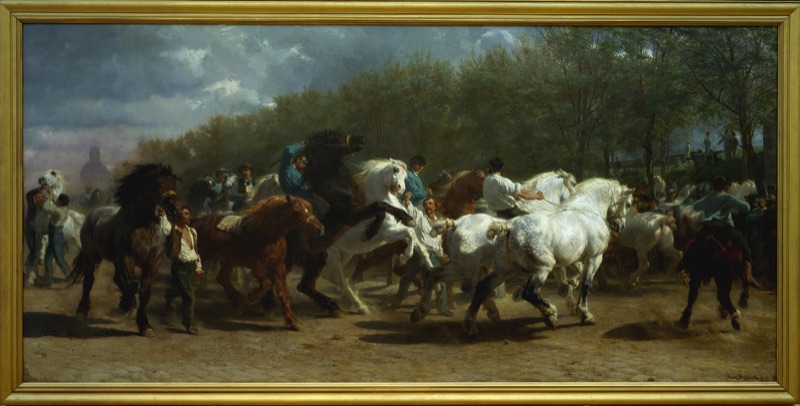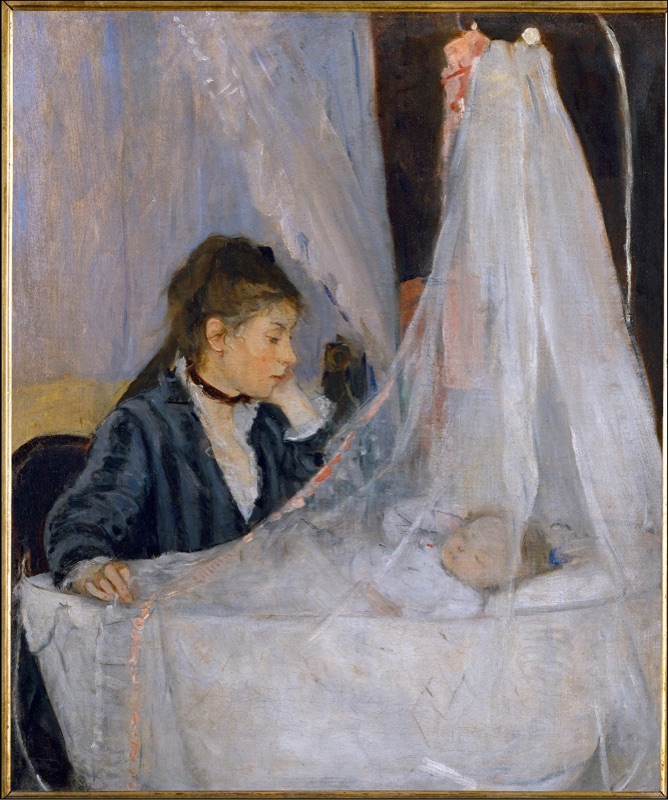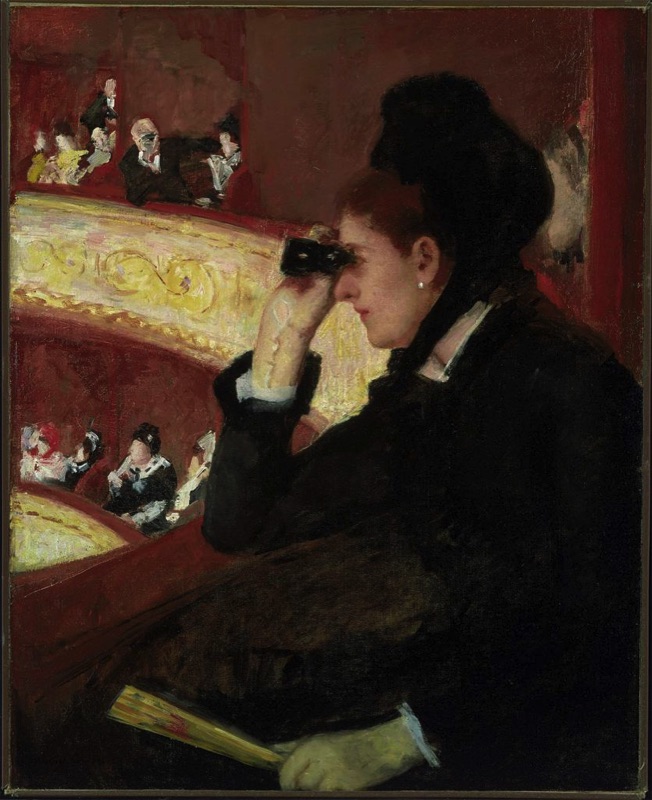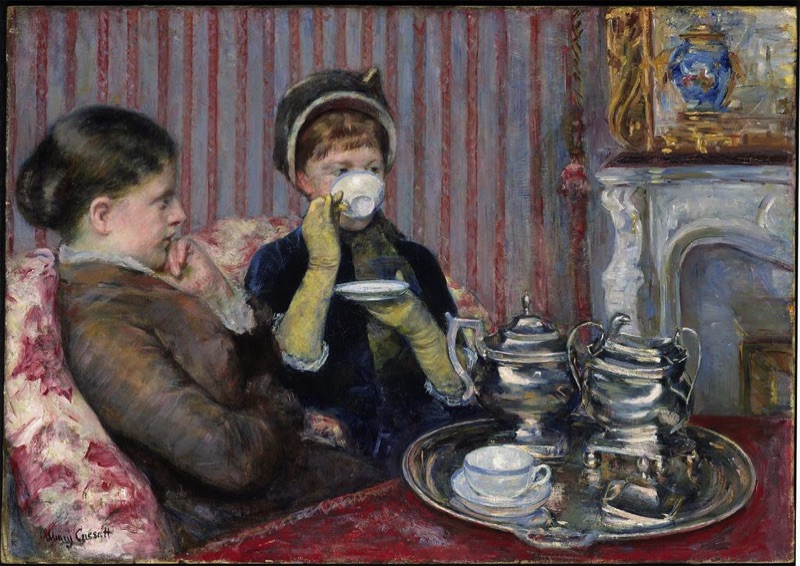Women artists in the nineteenth century
pre-class prep: review Chu on the artists Angelica Kauffmann, Rosa Bonheur,
Berthe Morisot, and Mary Cassatt (PDF)
read Linda Nochlin, 'Why have there been no great women artists?' (PDF)
watch Emer O'Hanlon's YouTube video Angelica Kauffmann's Use of Classical Statuary
discussion questions: Those named for the questions below should come prepared to present a short (3-5 minute) response to that question.
1. (Grace M.) Summarize Linda Nochlin's and Emer O'Hanlon's discussions of the difficulties that women artists such as Angelica Kauffmann had becoming successful history painters in the late-eighteenth century. How did Kauffmann attempt to resolve those difficulties, and with what success?
2. (Warsan S.) Analyze Rosa Bonheur's Plowing in the Nivernais Region (Chu fig. 12-23) and The Horse Fair (Chu fig. 12-24) in relation to the characteristics and aims of the Realist movement, then discuss her career as an an artist. What difficulties did she face as a woman artist? How did she solve those difficulties? What degree of success did she have?
people, terms, and concepts: nothing new
key points:
• What does Linda Nochlin identify as the main impediment to women artists becoming as 'great' as their male peers?
• What additional hurdles did women artists such as Angelica Kauffmann and Rosa Bonheur face as thy attempted to be successful artists in the Neo-Classical and Realist modes, respectively? How did they attempt to overcome these hurdles, and with what degree of success?
• Although women had a prominent voice in Impressionist art from the first exhibition, and while lack of access to Academic training and to nude male models was no longer an issue, how did women still face impediments to their full participation in the Impressionist movement? (Hint: was it possible for a nineteenth-century woman to be a flâneur? How were women more restricted than men in their access to social spaces of Parisian social life?)
• How do the work of Berthe Morisot and Mary Cassatt demonstrate these impediments, especially in contrast to their male colleagues such as Degas and Manet? How do both artists overcome or comment on those impediments?
Rosa Bonheur, The Horse Fair, Realism, 1853-55
Morisot, The Cradle, Impressionism, 1872
Cassatt, Woman in Black at the Opera, Impressionism, 1879
Cassatt, A Cup of Tea, Impressionism, 1880




